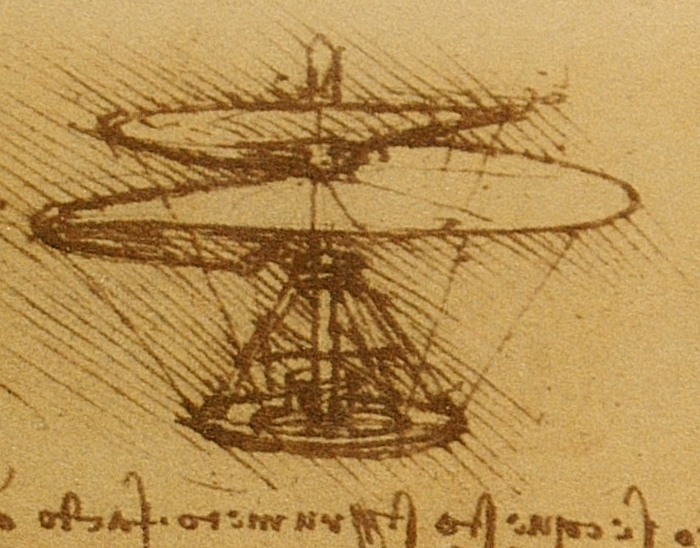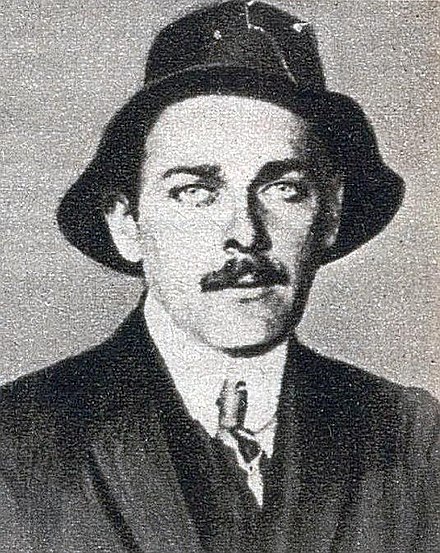What links a dragonfly and the centenary of the first FAI rotorcraft record?
The agility of the dragonfly in flight is an astonishing thing to behold. Certainly, the biomechanical facilities of this particular insect were an inspiration to Etienne Oehmichen, the French engineer who set FAI’s very first helicopter record. One hundred years ago, on 14 April 1924, his Oehmichen 2 quadrocopter rose vertically into the air above Courcelles-lès-Montbéliard, France, and made a journey of 360m in a straight line. Official observers had just witnessed the very first FAI helicopter record.
Although this was far from engineer Etienne Oehmichen’s first invention, this particular achievement was significant in the historical context of rotorcraft flight. And it was thanks to his interest in the natural world that his name was added to the aeronautical history books.
The race towards vertical flight
By the late 19th Century, the practical developments of the industrial era were enabling engineers to carry on where Leonardo da Vinci’s helical air screw design left off.

Leonardo da Vinci’s helical air screw design
In the wake of post-WWI aeronautical progress, pioneering inventors from Italy, France, Russia, Scotland, the United States, Denmark and Spain clamoured to tame aeronautical instability and propulsion to bring the triumph of vertical flight to their nation.
Oehmichen, a forward-thinking engineer at Peugeot, was one such pioneer. His Oehmichen 1 had first risen from the earth, aided by a hydrogen-filled balloon in early 1921.
Cinematography and biology
Oehmichen was armed with a special weapon in the race to victory: a camera. His invention of a camera capable of shooting 1,000 frames per second enabled him to capture the precise mechanics of dragonflies in flight. His findings helped him get ahead of the game.
Buoyed by the early success of his first aircraft, he worked on the Oehmichen 2, a cross shaped construction of metal tubing. The lift was provided by four main two-bladed, counter-rotating rotors. The diametre of the longitudinal supports was 6.40m, that of the lateral supports was 7.60m and they rotated at 145rpm. Rolling and pitching were ensured via vertical axis propellers: two at the end of the side arms, three for pitch, one at the extreme rear, two at the front. Instead of a traction propellor, Oehmichen used two propulsive propellers, installed on the side arms. The yaw was controlled via a "direction" propeller, installed at the front right, and by differential rotation of the two propellers.
The first FAI helicopter record
Oehmichen’s first FAI record was also hailed as a major success in helicopter flight. Following the initial distance of 360m, the aircraft made a second, longer journey of 525m on 17 April 1924. His records were quickly superseded by Argentinian engineer Pateras Pescara, who, on 18 April recorded 736m, in his 2F in Issy-les-Moulineaux, near Paris.
This back-and-forth race returned to Oehmichen who completed the first successful closed-circuit helicopter flight on 4 May 1924, flying the Oehmichen 2 around a triangular course of 1km. The flight lasted approximately 7 minutes, 40 seconds. A few months later in September the same year, testing the payloads with 100kg then 200kg, Oehmichen was awarded two further FAI records.

Image courtesy of Musées de Montbéliard, taken in 1924.
This aircraft of Oehmichen's (not the same as that which made the record), features a gyroscope, not present in the Oehmichen 2 flight in April 1924.
A brilliant mind
Following his early success, Oehmichen founded a laboratory with the help of his employer to help the scientific development of his helicopter inventions. Interestingly, he later returned to his initial balloon idea, developing the ‘hélicostat’, a cross between a helicopter and a dirigible balloon.
And what of the insects that had so inspired Oehmichen’s imagination? With around 30 automobile, aeronautical and photographical patents to his name, in 1939, he ‘retired’ from engineering. His next career move allowed him to pursue his life-long passion, as a researcher and teacher of biomechanics at the Collège de France.

A modest man, he once stated, “I am not the inventor of the helicopter. That was Leonardo da Vinci when he designed his flying machine with a turning wing in 1486.”
Nevertheless, his contribution to rotorcraft remains an important legacy.
Serafina Ogończyk-Mąkowska, President of the FAI Rotorcraft Commission commented:
"That the FAI registers records - including that of the first helicopter record one hundred years ago - is crucial for documenting and preserving aviation achievements. FAI plays a significant role in ensuring the credibility and accuracy of aviation records, which helps in advancing the field by recognising outstanding accomplishments and pushing boundaries in aviation technology and performance."
Header image: Étienne Œhmichen on the Oehmichen Helicopter No. 2, on 4 May 1924 in Valentigney

